PDF chapter test TRY NOW
In your childhood, you might have played in/with muds. But, have you ever gave a thought, what happens when we add mud to freshwater?
Will it dissolve or not?
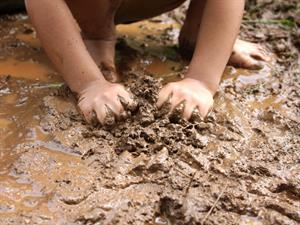
We know that the soil or mud are in a solid-state, whereas water is in liquid-state. And, when you mix these two substances, mud or soil do not dissolve in the water. Therefore, this kind of solution is known as suspension.
Suspension:
The heterogeneous mixture in which the solute particles do not dissolve in the solvent and settle down entirely in the medium.
We can filter the undissolved particles by the filtration method. These particles are visible to the naked eye.
Example:
1. Clay mixture with water.
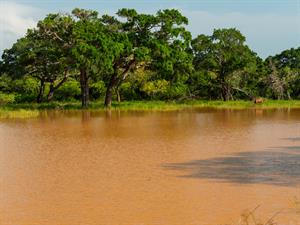
2. Flour in water.
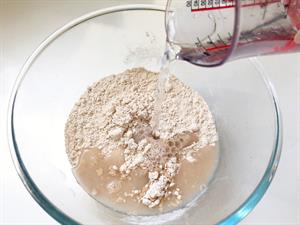
3. Mixture of chalk and water.
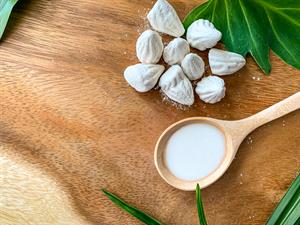
Properties of a Suspension:
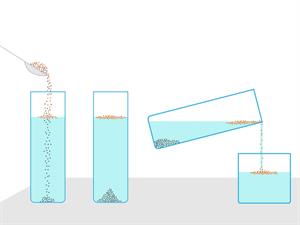
1. Suspension is a heterogeneous mixture.
2. The solute particle settles down when it is left undisturbed because suspensions are unstable.
3. Through your naked eye, you can see these suspended particles.
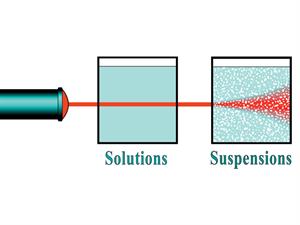
Light scattering in solution and suspension
4. Suspension particles scatter a beam of light passing through it and make its path visible.
Note:
- When the suspended particles settle down, the beam of light is not scattered.
- We use filtration process to separate the suspended particles.
